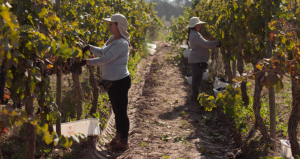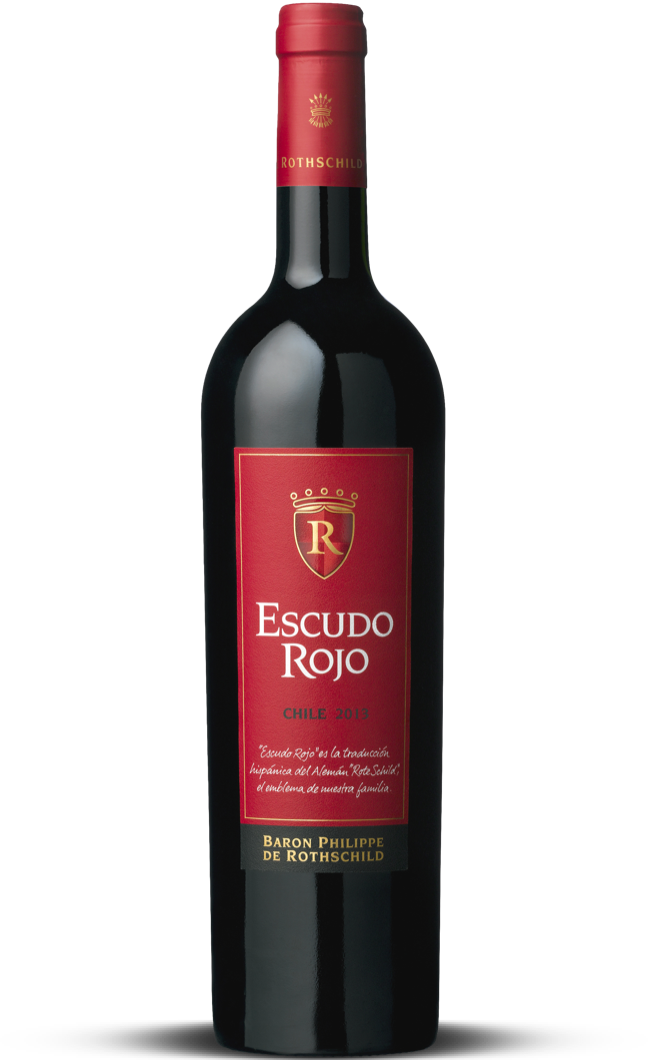The 2013 vintage was remarkable for the even distribution of rainfall over the entire vegetation cycle. As a result the vines were able to build up substantial water reserves, requiring much less irrigation and avoiding any water stress.
These climatic conditions enabled the grapes to reach full maturity, yielding wine with attractively fresh fruit, a characteristic sometimes difficult to achieve in New World countries. The style of the vintage is unquestionably “oceanic”, combining power with refinement and freshness in the manner of other atypical vintages such as 2005 or 2006.
2013 is a promising vintage with considerable ageing potential.
It shows all the energy of the New World together with Old World refinement!

The month of March in particular was one of the hottest in the last 30 years. The positive effects of the hot, dry weather in 2012 were to ensure excellent maturity of the grapes and naturally high concentration of flavour.
The wines of the 2012 vintage are generous and powerful while retaining a texture of velvet and silk. They have a definite Mediterranean cast, especially in the expression of the fruit. That ripeness, combined with a concentrated mid-palate, gives complexity and richness and expresses the full identity of the terroir.
All the charm of Chile is revealed in the 2012 wines, which have excellent ageing potential.

Although the weather conditions were difficult in terms of ensuring vine health, the consequences were particularly beneficial for the wines, which display fresh fruit and elegant tannins.
A cold and dry winter followed by a cool spring with relatively little sunshine caused a 15-day lag in vine development which persisted throughout the growth cycle. Despite this lag, a hot and dry summer and a sharp difference between day and night temperatures in April favoured concentration of the fruit while preserving the freshness of the vintage in remarkable fashion.
Of great aromatic power, the 2011 vintage expresses all the refinement and freshness of the fruit while revealing a tannic structure of great elegance.
In another unusual vintage for Chile, the 2011 wines also stand out for their strong varietal identity and ageing potential.

Hot and dry weather in the second half of spring and summer enabled the crop to ripen evenly.
Autumn, marked by an earthquake on 27 February, saw a fall in average temperatures and a very sharp difference between day and night temperatures, enhancing the presence of phenolic compounds. The conditions made it possible to preserve all the potential and, above all, the freshness of the fruit.
That freshness, combined with higher acidity than in 2009, gives the 2010 vintage a balance and an elegance that will indisputably rank it among Chile’s best even-year vintages, with the added advantage of considerable ageing potential.



